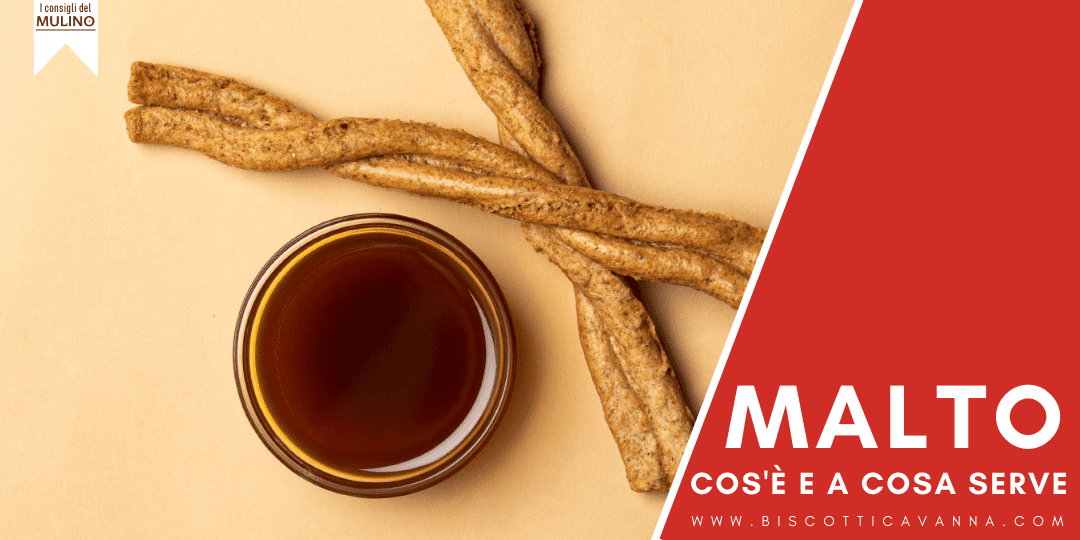Malt is so called "natural improver" of bread or dough in which long leavenings are used even over 24h.
It is used for two reasons:
- Diastase = diastase are a group of enzymes that break and break down starch sugars into maltose and other sugars into simpler carbohydrates thus increasing the "food" available to our yeast. The result will not be an acceleration of rising but a longer duration and a strengthening of the dough reducing the risk of yeast collapse.
- Rich in maltose, which, during cooking, gives rise to the reaction of Maillard or to the "fusion" of sugars and proteins, then obtaining the famous golden and crunchy crust that we like so much. The reaction also takes place without the malt but in a much lower way due to the lack of some sugars present in this product.
- In pastry making to facilitate the cooking of low-sugar products, sugar-free biscuits or rusks
DIASTASIC POWER: 4500 / 5200 Pollack units
DOSES OF USE FOR BREAD AND OTHER DOUGH
(The percentages should always be proportionate to the amount of flour present in the dough)
Bread (0.7-1.2%) with flour as strong as the Super semintegrale
crackers (1.7-2.4%) breadsticks (1.8-2.5%) buns (1-1.5%) pizza (1-1.2%) with flour Cereals and Seeds. rusks (0.6-1%) with flour from grains as old as our Type 1
COUNCILS
Before using it, put it in a slightly warm place (window sill above the radiator) to obtain the most liquid and easy to use product.


